Exploring the Environmental Benefits of Recycled Cardboard in Sustainable Packaging Solutions
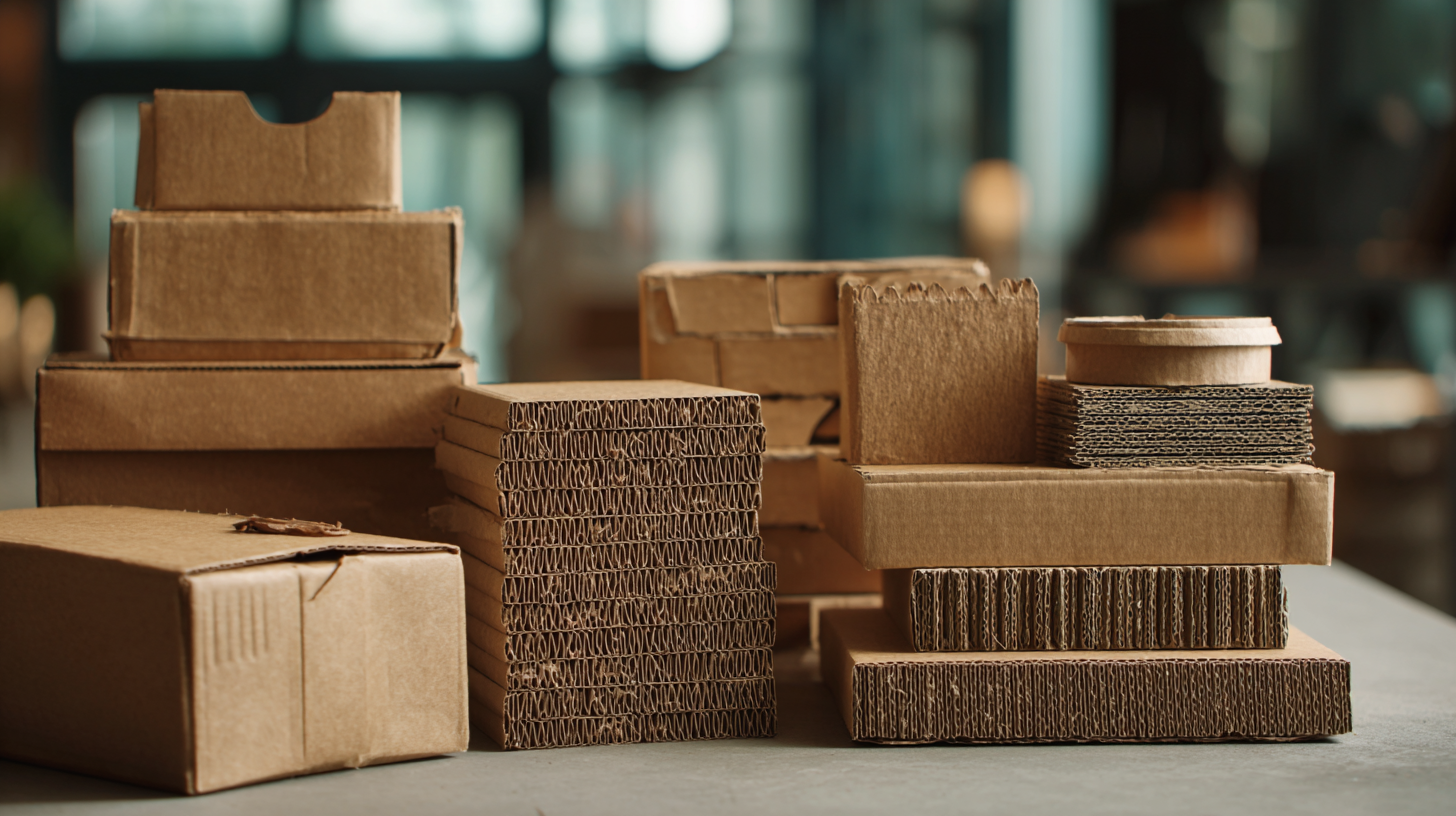 The increasing demand for sustainable packaging solutions has brought to light the environmental benefits of recycled cardboard. This innovative material not only reduces the reliance on virgin resources but also minimizes waste, showcasing a vital step towards achieving a circular economy. As industries around the world strive to meet eco-friendly standards, recycled cardboard emerges as a frontrunner, offering significant advantages such as reduced carbon emissions and lower energy consumption during production.
The increasing demand for sustainable packaging solutions has brought to light the environmental benefits of recycled cardboard. This innovative material not only reduces the reliance on virgin resources but also minimizes waste, showcasing a vital step towards achieving a circular economy. As industries around the world strive to meet eco-friendly standards, recycled cardboard emerges as a frontrunner, offering significant advantages such as reduced carbon emissions and lower energy consumption during production.
By integrating recycled cardboard into their packaging strategies, companies can enhance their sustainability profiles while also catering to environmentally-conscious consumers. This exploration delves into the myriad of benefits that recycled cardboard presents, highlighting its role in reducing environmental impact and promoting responsible consumption practices.
As we navigate the challenges of waste management and environmental degradation, the adoption of recycled cardboard in packaging could prove to be a transformative solution for businesses and the planet alike.
How Recycled Cardboard Reduces Waste and Conserves Resources
Recycled cardboard plays a pivotal role in sustainable packaging solutions by significantly reducing waste and conserving vital resources. When cardboard is recycled, it prevents the material from ending up in landfills, where it would take years to decompose and release harmful greenhouse gases. By reprocessing used cardboard into new products, companies can minimize their environmental footprint and contribute to a circular economy, where materials are reused and repurposed rather than discarded.
Furthermore, utilizing recycled cardboard conserves natural resources such as trees, water, and energy. Manufacturing new cardboard from virgin materials requires extensive logging, leading to deforestation and habitat loss. In contrast, recycling cardboard reduces the need for new raw materials, thus protecting forests and promoting biodiversity. Additionally, the energy consumed in the recycling process is typically lower than that required to produce new cardboard, resulting in decreased carbon emissions and a smaller overall energy footprint. By prioritizing recycled cardboard in packaging, businesses can align their practices with sustainable principles, fostering a healthier planet for future generations.
Innovative Uses of Recycled Cardboard in Packaging Design
 Recycled cardboard is increasingly at the forefront of innovative packaging design, showcasing its versatility and environmental benefits. Many recent competitions and projects have highlighted designers using recycled cardboard creatively, reflecting cultural elements while prioritizing sustainability. For example, local competitions focusing on handicraft packaging have fostered the development of unique and eco-friendly designs that not only serve practical purposes but also tell a story about the region's heritage.
Recycled cardboard is increasingly at the forefront of innovative packaging design, showcasing its versatility and environmental benefits. Many recent competitions and projects have highlighted designers using recycled cardboard creatively, reflecting cultural elements while prioritizing sustainability. For example, local competitions focusing on handicraft packaging have fostered the development of unique and eco-friendly designs that not only serve practical purposes but also tell a story about the region's heritage.
Furthermore, advancements in material technology have led to the creation of packaging solutions using other agricultural waste, such as banana pseudostems, which are transformed into banana fiber paper. Such initiatives not only reduce waste but also demonstrate that recycled materials can be functional and aesthetically pleasing. The push for diverse sustainable packaging materials underscores the importance of innovation in attracting consumer attention, ultimately contributing to a more sustainable future for the packaging industry.
Comparing the Carbon Footprint of Recycled vs. Virgin Cardboard
The carbon footprint of packaging is a crucial consideration in the fight against climate change, particularly when comparing recycled cardboard to virgin cardboard. According to the *Environmental Protection Agency*, manufacturing recycled cardboard can reduce greenhouse gas emissions by up to 50% compared to producing new paper from virgin fiber. This significant reduction is largely attributed to the decreased energy consumption and lower raw material extraction involved in recycling processes.
Furthermore, a recent study by the *Forest Product Journal* indicates that the production of recycled cardboard saves approximately 24,000 BTUs of energy per ton compared to its virgin counterpart. This translates into considerable reductions in carbon dioxide emissions, with recycled cardboard generating around 403 kilograms of CO2 per ton, as opposed to the 774 kilograms emitted during the production of virgin paper. Such findings emphasize the essential role that recycled cardboard plays in sustainable packaging, highlighting its potential to mitigate climate impact while conserving natural resources.
Implementing Effective Recycling Practices for Cardboard Waste
Implementing effective recycling practices for cardboard waste is crucial in
promoting sustainable packaging solutions. Cardboard, being one of the most widely used materials in
packaging, offers significant environmental advantages when recycled properly. Companies should establish comprehensive recycling programs that not only focus on
collection but also on educating employees and consumers about the importance of recycling. This can include organizing workshops,
providing clear instructions on how to segregate waste, and incentivizing recycling initiatives.
Moreover, collaboration with local recycling facilities is essential to enhance the efficiency of
cardboard waste management. Businesses can partner with these facilities to ensure that collected cardboard is processed effectively, minimizing contamination
and maximizing the recovery of usable materials. By adopting closed-loop systems, where recycled cardboard is reintegrated
into the production cycle, companies can significantly reduce their carbon footprints and decrease reliance on virgin materials. This holistic approach not only benefits
the environment but also promotes a circular economy that fosters sustainability in packaging.
The Role of Consumer Awareness in Promoting Recycled Packaging Solutions
Consumer awareness plays a pivotal role in the promotion of recycled packaging solutions, particularly in the context of sustainable packaging made from materials like recycled cardboard. As more consumers recognize the environmental impact of their purchasing choices, they begin to prioritize products that use eco-friendly packaging. This shift in consumer behavior encourages brands to adopt sustainable practices and invest in recycled materials. By understanding the benefits of recycled cardboard, such as its reduced carbon footprint and lower resource consumption, consumers can make informed decisions that support environmentally responsible companies.
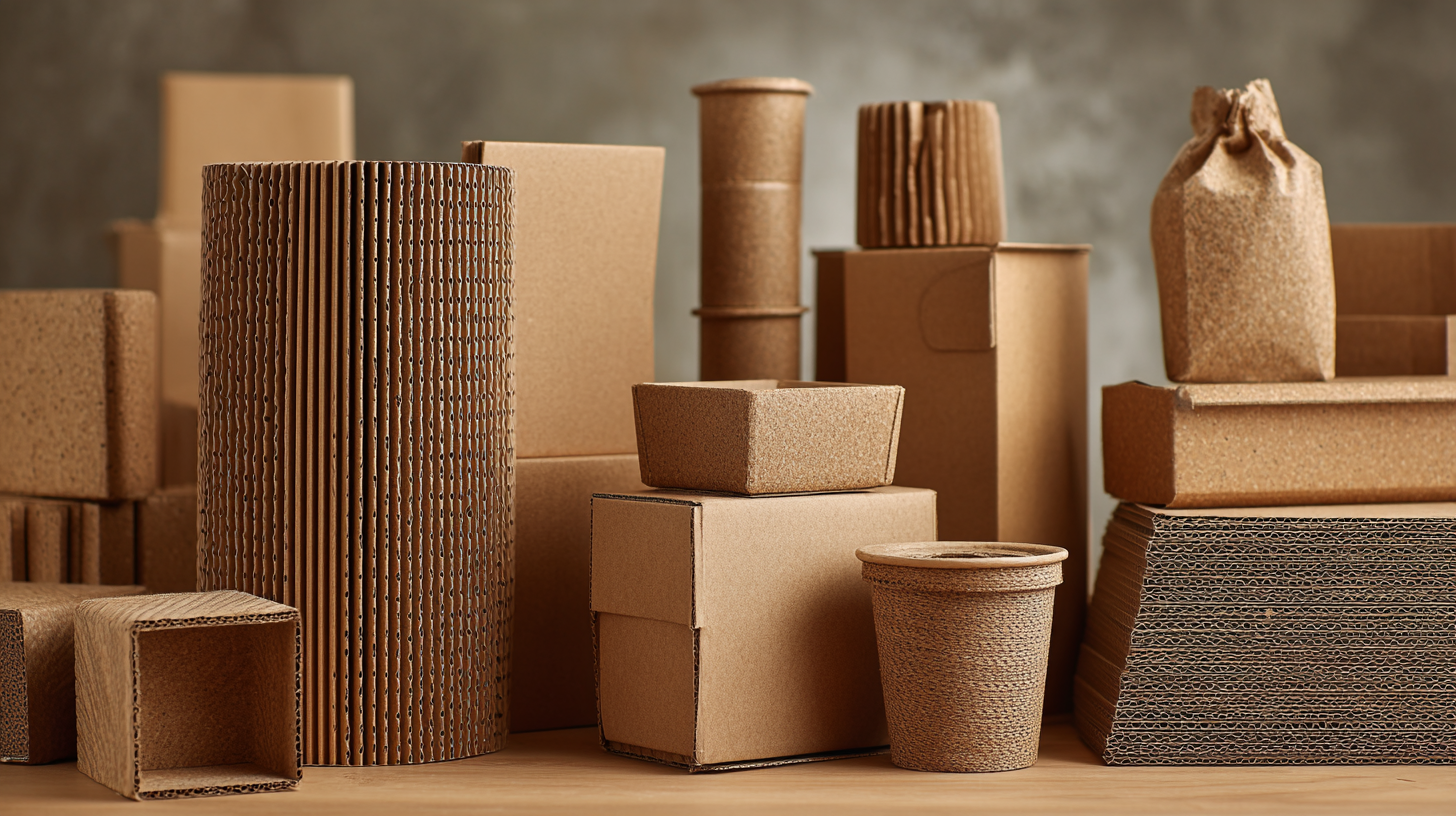
Additionally, educational campaigns aimed at raising awareness about recycled packaging can further influence consumer preferences. When brands transparently communicate the environmental benefits of their packaging choices, it fosters a sense of responsibility among consumers. This, in turn, creates a positive feedback loop where increased demand for recycled packaging compels companies to innovate and expand their use of recycled materials. Ultimately, a well-informed consumer base not only drives the market toward sustainability but also cultivates a culture that values and prioritizes eco-friendly practices in all aspects of production and consumption.
Related Posts
-

7 Innovative Cardboard Packaging Solutions That Will Transform Your Supply Chain
-
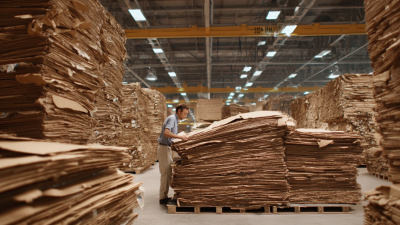
Why Recycled Cardboard is the Key to a Sustainable Packaging Future
-
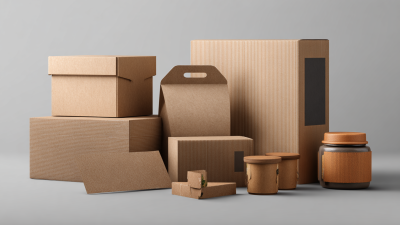
Essential Guide to Eco-Friendly Postal Packaging: Sustainable Solutions for Modern Shipping
-

7 Reasons Why Choosing the Right Postal Tube Size Matters
-

How to Choose the Right Packaging Tubes for Your Products
-
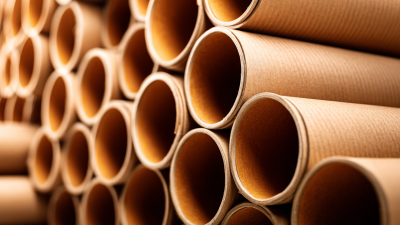
Exploring the Growth of Shipping Solutions: Cardboard Tubes and Their Role in the 138th Canton Fair 2025